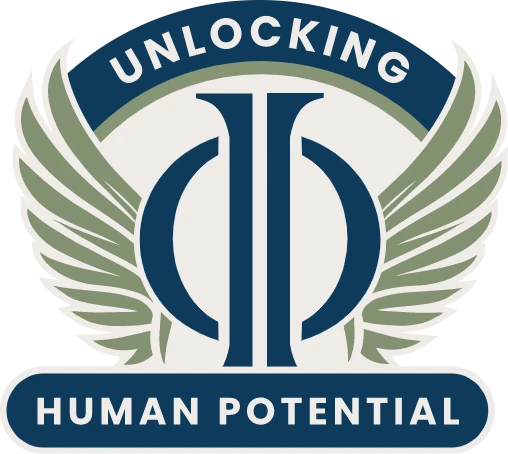This article originally appeared on Allwork.Space.
The future of work holds both the peril of failing a generation and the promise of a once-in-human-history opportunity.
We face the real possibility of squandering one of our greatest resources: the potential of our youth. Gen Zers are demanding jobs that allow them to grow, yet AI is taking over entry-level roles that traditionally provided grounding, experience, and a sense of progression.
The magnitude and velocity of this change are unlike anything we have seen before. Gen Z’s call for growth is louder than that of any previous generation, yet the danger of massive job losses looms large.
This is like an earthquake: structures not built to withstand it will be shaken, some even destroyed.
The workplace is the core structure being tested by this quake. It sits at the intersection of individual lives, organizational sustainability, and societal progress. If the ground shifts beneath it, the aftershocks ripple everywhere, including the crippling of the very resource that could shape a better future: our youth.
We should not pretend otherwise. AI will displace roles, and disruption will be painful. But just as earthquakes force us to build stronger, this moment is forcing us to create a workplace that draws its strength from being human-centered and growth-minded.
Our greatest resource for creating this workplace of the future is the one we have not used enough and can never fully exhaust: the human potential that resides within us and our organizations. To unleash it requires us to:
- Lead in our relationship with AI,
- Lay the roots for skills that are hard-to-digitize,
- Re-create a truly growth-minded organization.
Leading with AI
We are at the beginning of a long learning curve about how to relate to our AI companions. They can help us in many ways, but if we don’t consciously claim leadership in this relationship, AI can slowly shrink us. A couple of ideas already show promise.
First, re-think high-value versus low-value work in light of where AI is going. When logarithmic tables were invented in the early 17th century, using them for complex calculations was high-value work — until the slide rule replaced them, which in turn lost value when electronic calculators appeared.
With AI, this cycle of obsolescence is accelerating. Our best answer lies in excelling at the deeply human parts of our roles.
Second, treat AI as a catalyst for excellence, not as a shortcut to mediocrity. This begins with awareness.
For example, are we using AI to amplify creativity or to replace it? If we let it replace our creativity, we will fall prey to the use-it-or-lose-it rule. The same applies to other hard-to-digitize skills such as envisioning, adaptability, agility, or collaboration.
Building Core Skills
The core skills for the workplace of the future spring from the inner foundations we nurture. These foundations are too complex to capture fully, but three of them stand out as vital for this moment:
Managing one’s psyche
Becoming more conscious of our thoughts, emotions, and thinking patterns and managing them to influence our outcomes.
“Organic” learning
Continually learning from our everyday experiences, which requires a relentless focus on active listening, making inquiries that matter, holistic and deep thinking. For these, we have to lay even deeper roots: cultivating our curiosity and maintaining our humility.
Existential quest
Creating an inner source of direction that is guided by the pursuit of answers to life’s existential questions. Chief among them is the question of meaning — why one exists. This philosophical search anchors us in something larger than the turbulence of the moment and opens new pathways of thinking.
These roots are like those of an aspen forest: what seems like separate trees is, in fact, one connected organism. Each of these inner foundations is interwoven, and together, they help us develop hard-to-digitize skills such as those we discussed earlier.
Just as an aspen forest depends on climate, these inner foundations depend on the culture and leadership of an organization. The climate that leaders create determines whether growth takes hold.
A Climate of Growth for All
Like skill building, creating a growth climate also begins with laying foundations. These are the fundamental questions of: why does the organization exist (mission), what success looks like (vision), and how does it get there (strategy and values)?
This is the time to revisit these questions with a long term perspective, including all stakeholders. When these foundations are established collaboratively and lived by a critical mass within the organization, they naturally create a growth climate.
Leaders sustain this climate by being role models, elevating thought leadership, projecting confidence with humility, and engaging authentically. They create an even more vibrant organization if they allow our youth to play a bigger role.
Gen Zers are energetic self–learners and AI natives. If they’re demanding growth, let them also do their part in charting the course and paving the way.
Their call for growth may begin with themselves, but if we rise to the leadership this moment demands, it can ignite renewal for us all — individually, organizationally, and societally.
That is our once-in-human-history opportunity.

